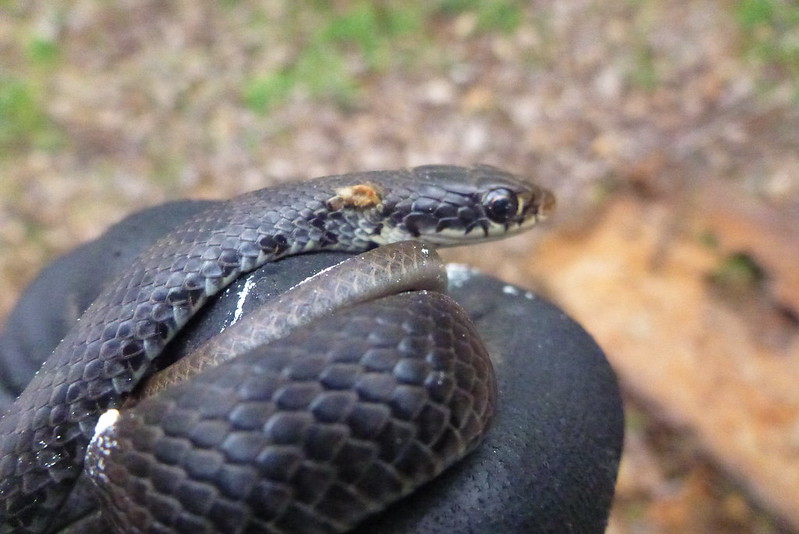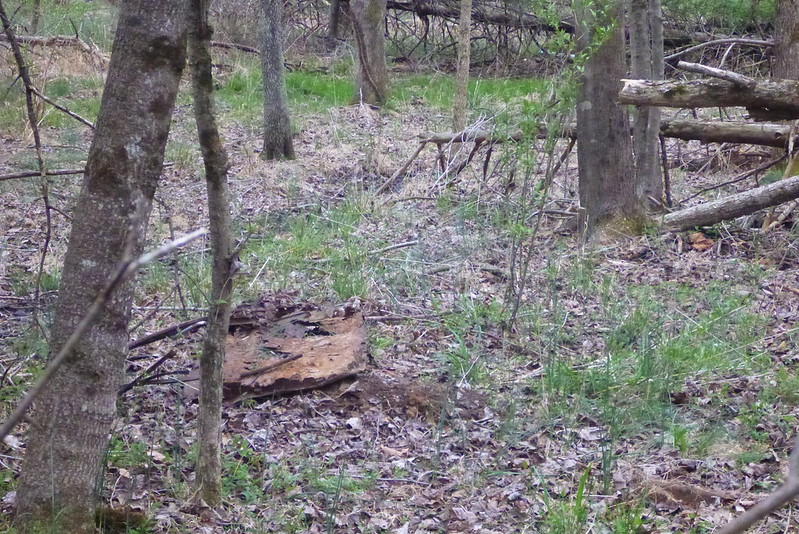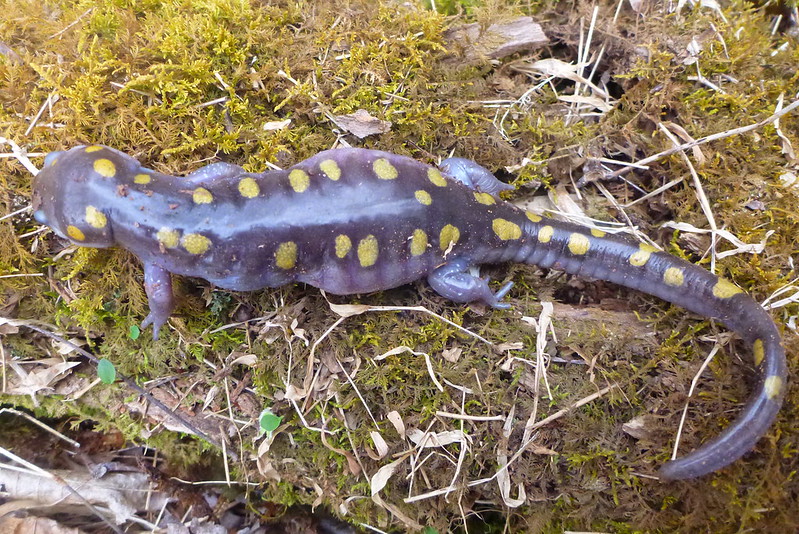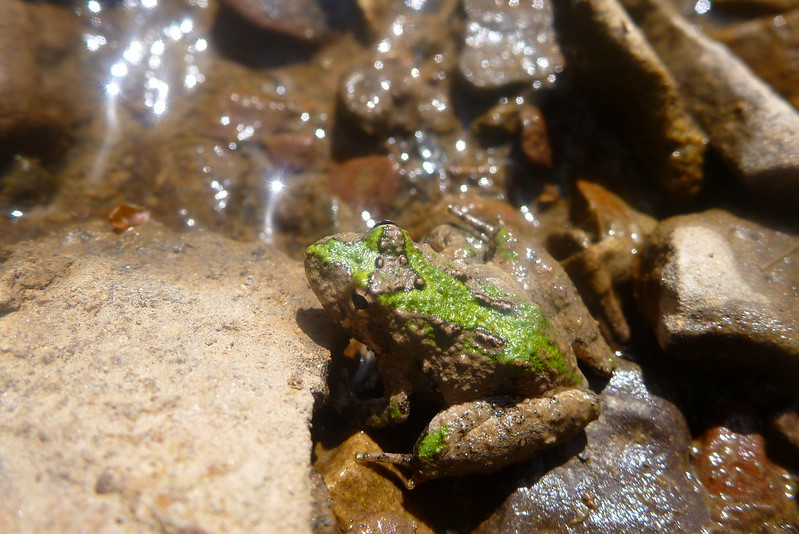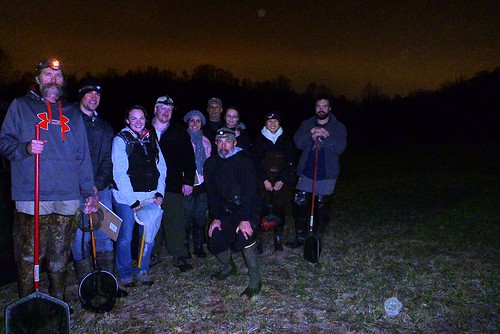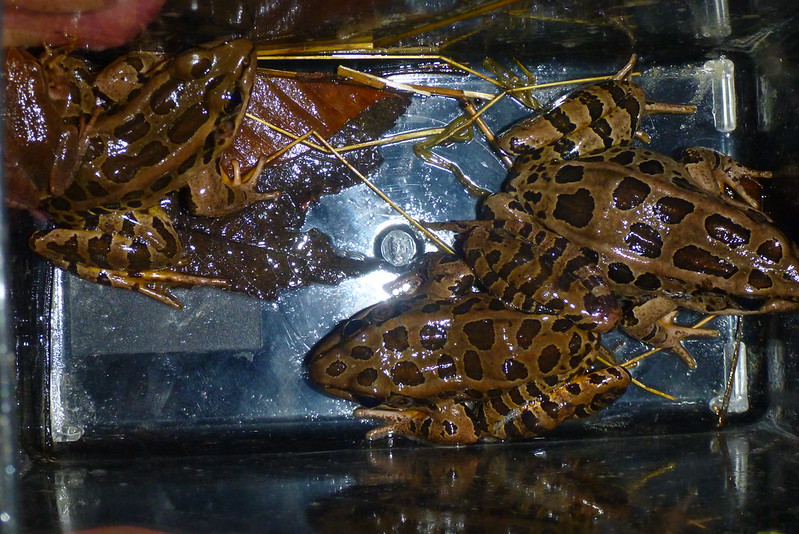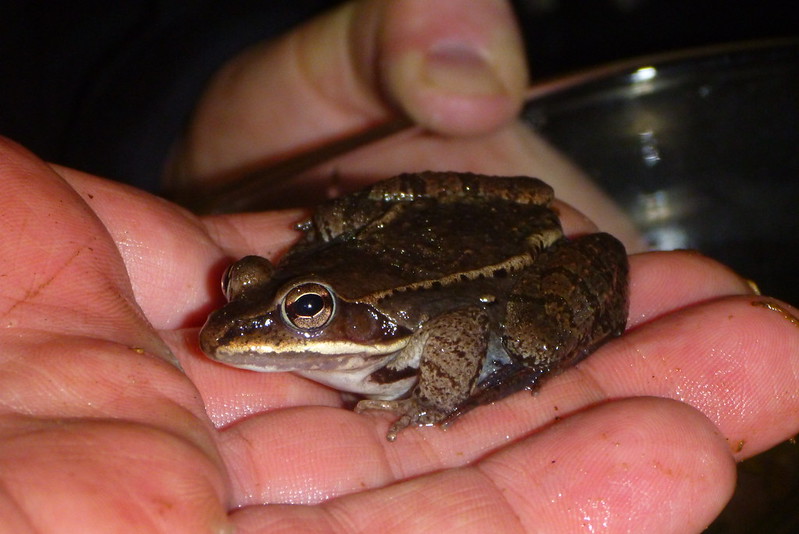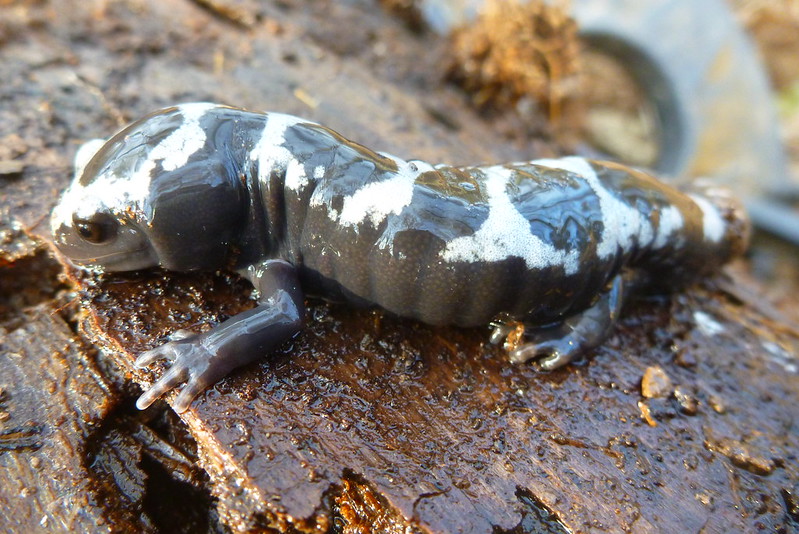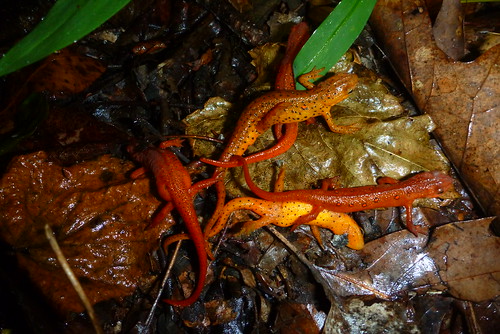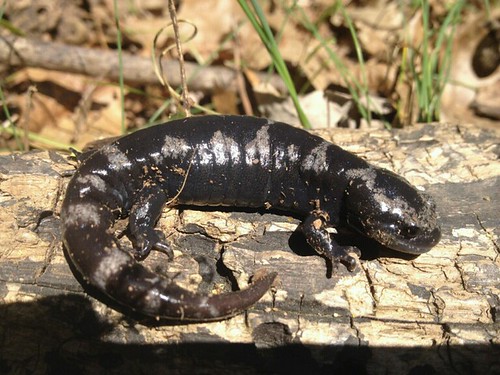A great week for herps. nighttime temps around 50-60 degrees with daytime highs in 70’s. The week started out with some nice finds (see previous entry) a combined total of 22 snakes 6 different species one of which a newby for me – the smooth earth snake.
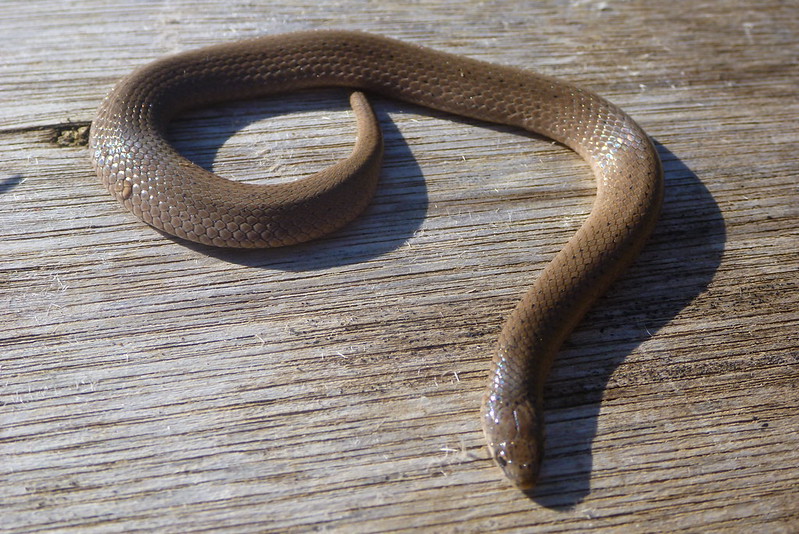 All of the species were found in Fairfax county but in different locations and habitats. The larger species of Mole kings and northern black racers were found in open fields with the exceptionof one juvenile racer found under an old car door in a wooded area. All of he snakes were found under artificial cover consisting of pieces of metal and plywood.
All of the species were found in Fairfax county but in different locations and habitats. The larger species of Mole kings and northern black racers were found in open fields with the exceptionof one juvenile racer found under an old car door in a wooded area. All of he snakes were found under artificial cover consisting of pieces of metal and plywood.
One exception an eastern worm snake was recovered under some pine bark on the forest floor.
 The smaller snakes were found in different locations. The smoth earth and the northern browns were found under plywood.
The smaller snakes were found in different locations. The smoth earth and the northern browns were found under plywood.
The ring necks under flat rocks sometimes as many as four at a time.
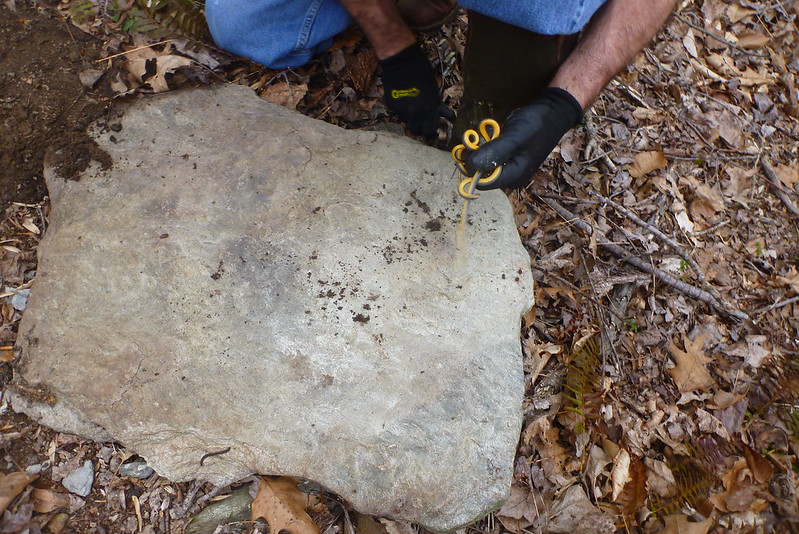
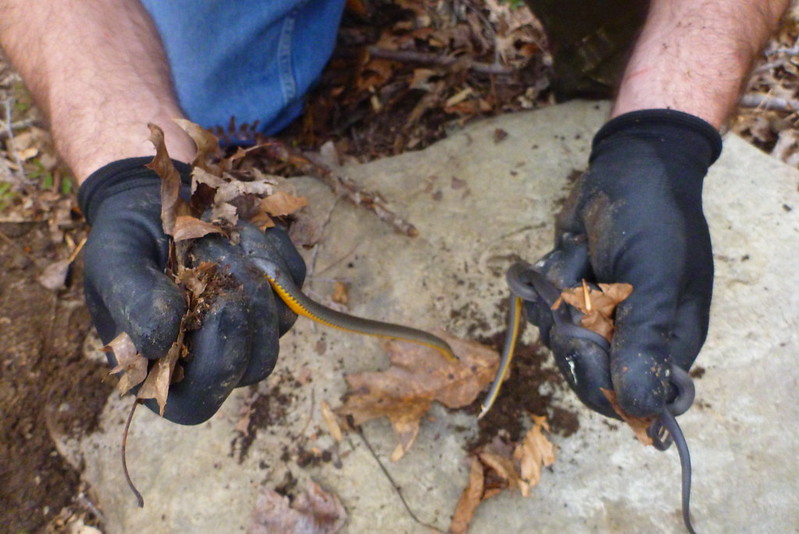 I also found about 8 skinks none could be positively identified but my guess majority of themwere five lined and possibly a broadhead or two. The phibs were less numerous. Several two lined, a dusky and gravid female spotted salamanders as well as one cricket frog and one american toad. All found in their natural habitats with the exception ofthe toad which was occupying the same piece of plywood the skinks were found. Chorus frogs were heard but none captured.
I also found about 8 skinks none could be positively identified but my guess majority of themwere five lined and possibly a broadhead or two. The phibs were less numerous. Several two lined, a dusky and gravid female spotted salamanders as well as one cricket frog and one american toad. All found in their natural habitats with the exception ofthe toad which was occupying the same piece of plywood the skinks were found. Chorus frogs were heard but none captured.

